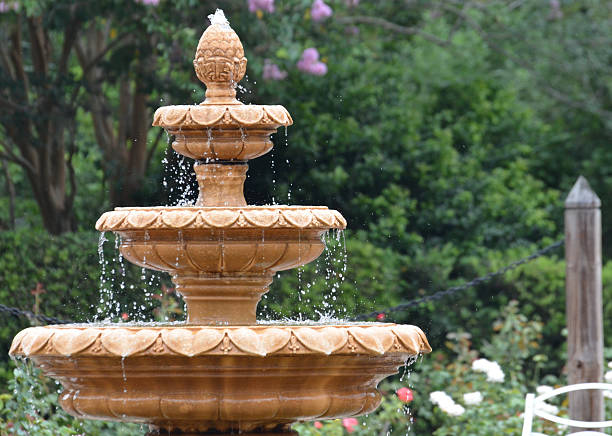
Stone For The Garden.

Stone For The Garden.
In this article, I will go through the basic considerations for just a few of the long list of stone for the garden products, and write, more on others later.
I/We promote transparency. This post or site may contain affiliate links. This means only if you make a purchase through these links, not just by clicking, I/we may earn a small commission at no extra cost to you.
As an Amazon Associate, I earn from qualifying purchases
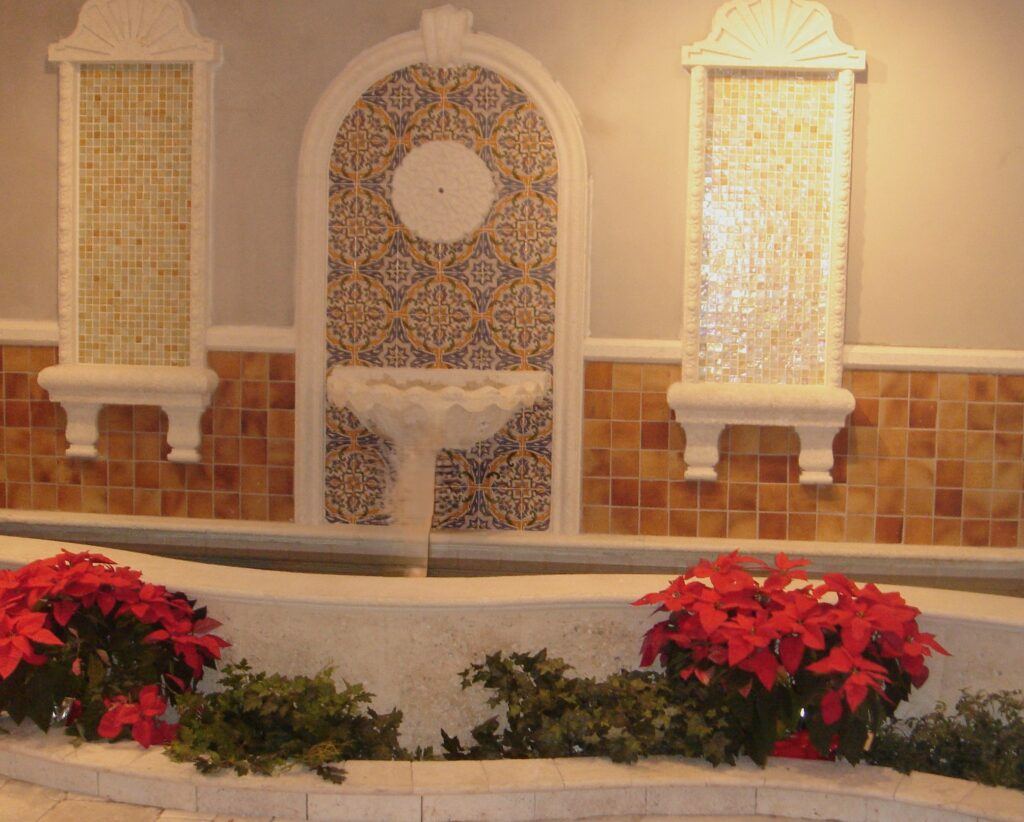
Cast Stone For The Garden
Cast stone products are used extensively in the garden environment. The benefits are not just the beauty of the piecesCaststone or the practicality, but the strength and durability take first place.
There are many different products, sizes and designs available, either online or at a local garden center. The most used range are various sized planters, pots, urns,
Cast Stone Garden Planter.
People who have chosen terracotta or synthetic made stone for the garden products only to be disappointed by how easily they get broken. Lawnmowers freeze-thaw, landscapers, cars and children are just some of the potential reasons these types of products don’t survive. The weather can play a big part too, especially the cold and freeze thaw cycles.
Any form of cast stone pot also stands the stresses and strains of moving home, arriving intact with plants, at your new location, and easily set up in place again.
Downsides.
The only real downside to cast garden products can be their weight, and the bigger they are, they most certainly will be heavier. If something feels very light then it’s properly not stone.
Stone For The Garden.
If you are going to be looking for large planters or urns, make sure they have drainage holes which can also be used to connect an irrigation feed. It’s not to much of a problem they don’t come that way as you can make your own with the minimum of tools.
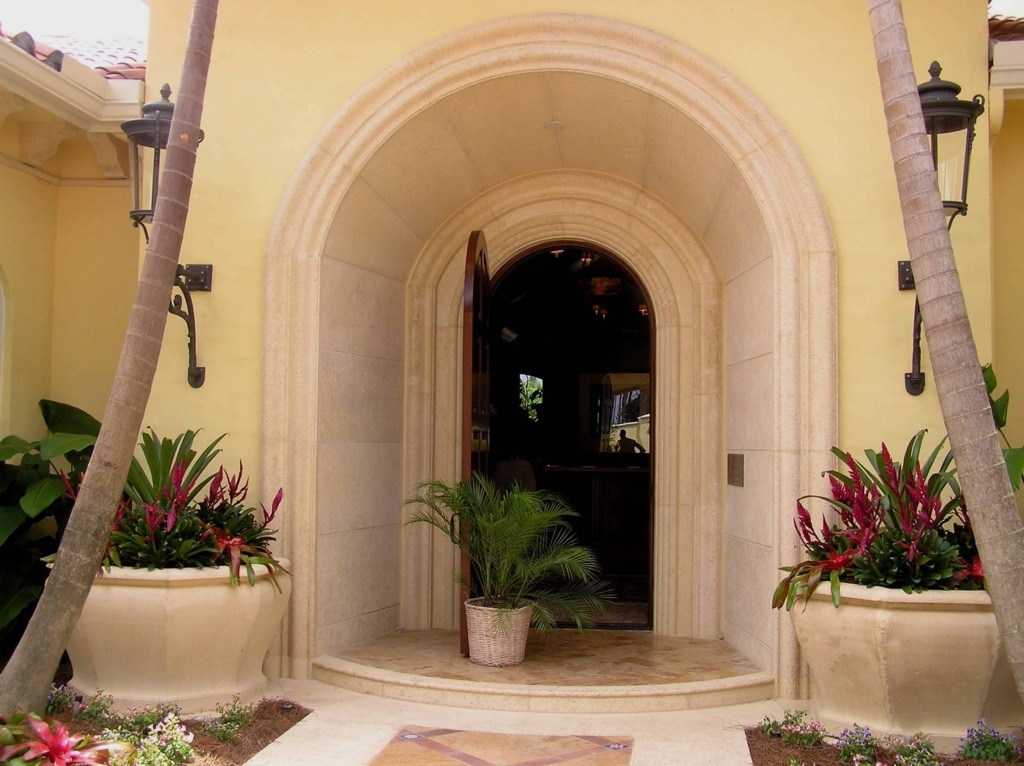
Creating Drainage Holes.
A drill and masonry bits are all you need, depending on the size and capability of your drill, star with a smaller bit, and then use the bigger one, and just make several of these if your drill bits are not very big.
What is Available?
The choices are wide and very varied. 2 of the most popular products are Cast Stone bird baths and Cast Stone Outdoor fountains. There are some variations in what these products can be made which might still be suitable in certain environments and settings.
Water Features & Stone For The Garden
There are so many to choose from, in all shapes and sizes. Two points that may help you choose which is best for you are the availability of water and electricity.
Services.
Yes, you could top your fountain up with a watering can or hose, but having water reasonably close is a plus. Electricity may be a little more difficult, especially with bigger designs. Many small versions have miniature solar arrays, but they only work in daylight hours, and with less efficiency on cloudy days. But a very useful idea, perhaps a slightly bigger version, sourced separately for bigger models might be a consideration.
Location.
Once you have thought through the services, location is your next task, depending what your intended usage is in your plan, your front porch, or close to it would be perfect, when visitors stop by, the tranquil sound of cascading or trickling water would be heard.
Consider the fall time when so much debris could accumulate if under trees. Wherever you finally decide on, your fountain will need a suitable base or foundation.

Bases & Water Fountains.
It’s a very important step to make sure you have the right base in place for your fountain. Remember, it’s not just the weight of the fountain itself, but the combination with the amount of water that is used in it. A gallon of water weighs in at 8.34Lbs (3.785 kg).
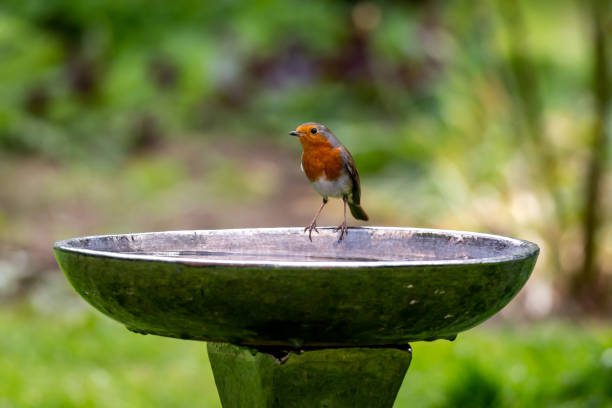
Suitable Bases.
For many of the smaller fountains,, any of the larger garden stepping stones would work perfectly. For the bigger ones a small concrete poured slab is needed.
Preparation.
Dig out any topsoil, and form a frame with 2 by 4 or 2 by 3’s, a little bigger than your fountain base. Then make sure you put enough ductwork to the center position for most stone tiered fountains and many others. For Electric and water supply, you may even need an overflow pipe. It’s best to have more than less.
Pour and finish your concrete and you will be ready to go.
Follow up
I hope you find the information useful, but if you have any questions or need help, send me a message. You do have to sign in and confirm these days to comply with government rules.
Author Rob



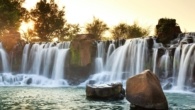

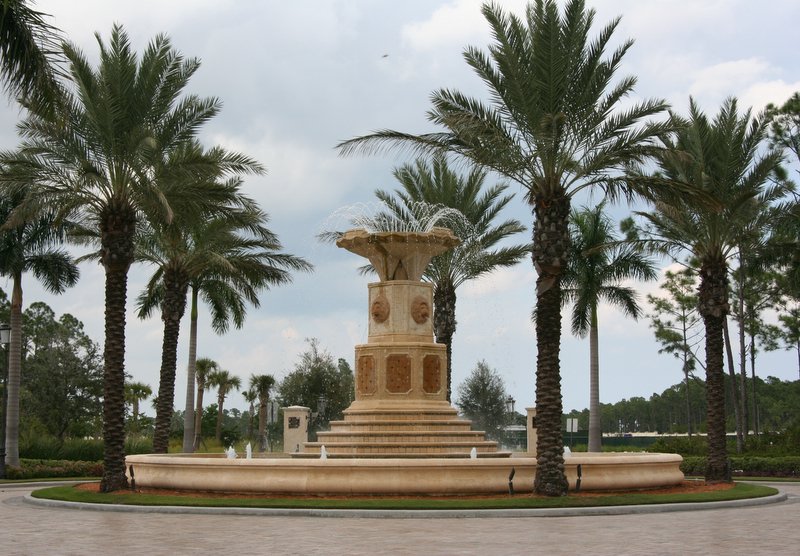
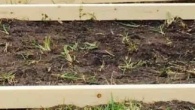

I found this article on choosing stone for the garden quite insightful! The tips on selecting the right type of stone and how to use it effectively in garden design are really helpful. I’m curious about a couple of things:
Are there specific types of stone that are particularly suited for different climates or soil conditions?
How do you recommend maintaining the stone features over time to ensure they continue to look their best?
Looking forward to any additional advice you might have on these topics. Thanks for sharing such useful information!